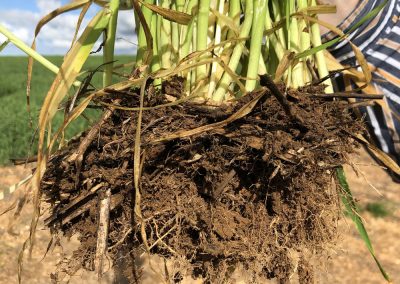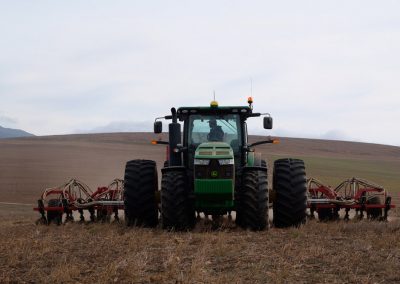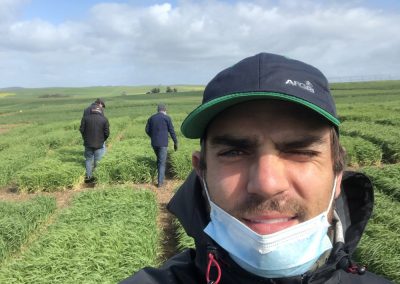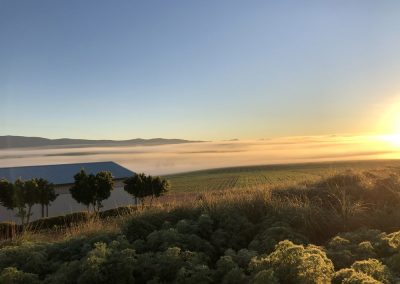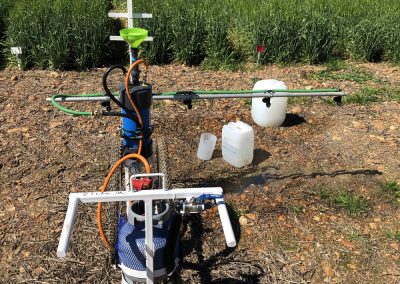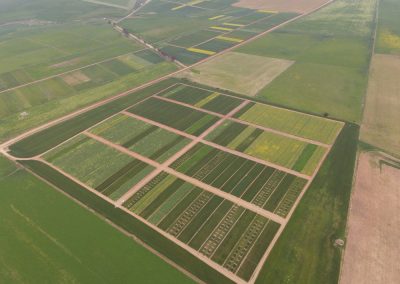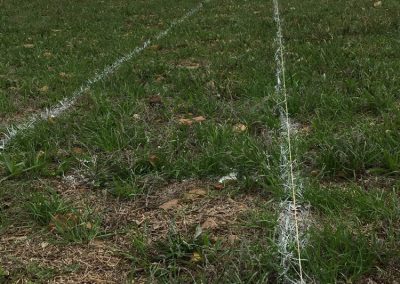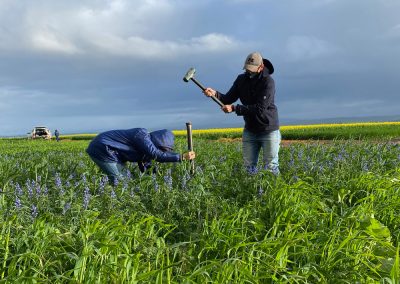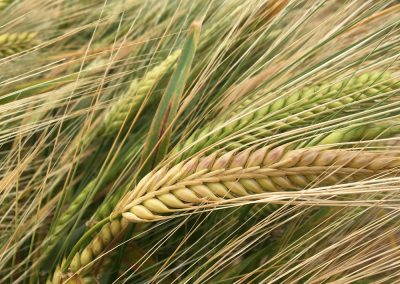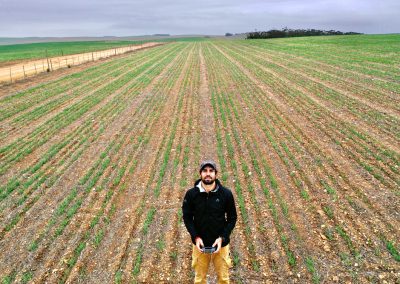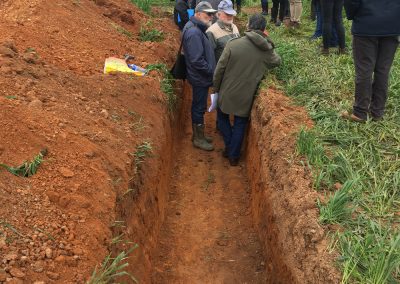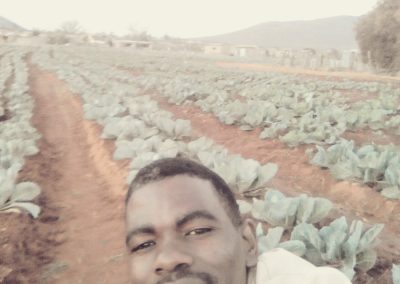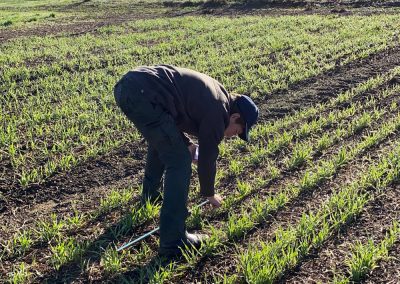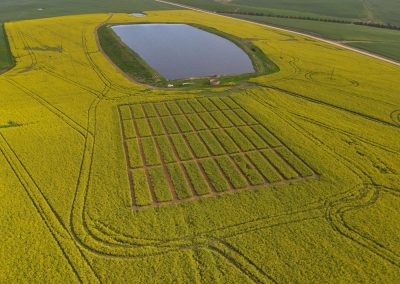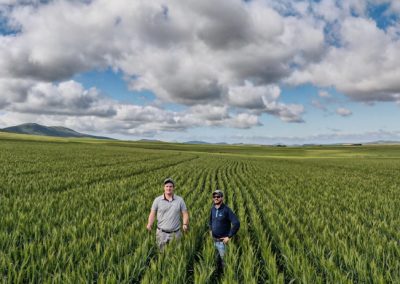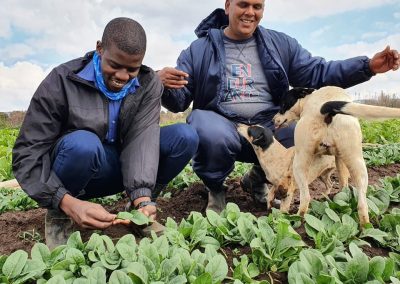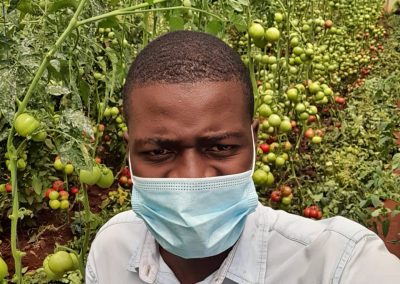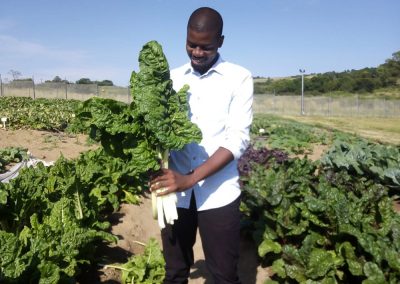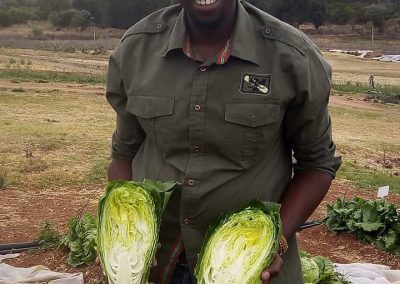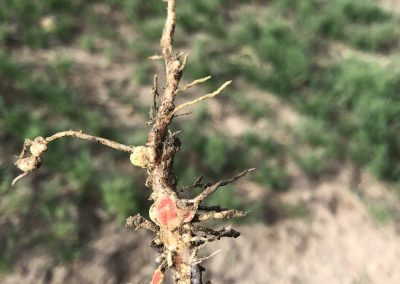AgriSciences
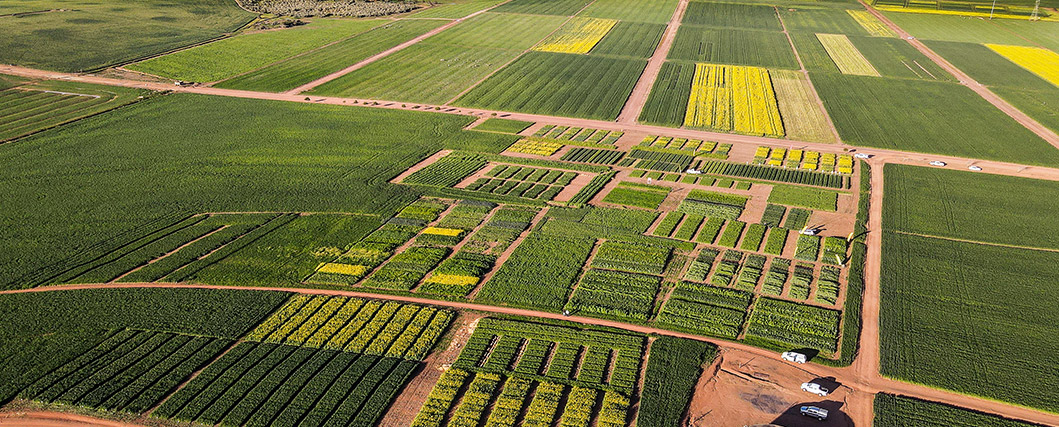
The importance of agronomy is essential to not only farmers but, in fact, to everyone. Agronomy is the science and technology of producing food, fuel and fibre, i.e., producing food for human consumption, as well as feed for animals. Agronomy is all about crop management which also entails managing the environment in which the crop is grown.
The Department of Agronomy has remained at the forefront of agronomic research and development in the country. Its involvement in the science of plants and plant matters is one of the most important links for meeting the increasing requirement for food, fuel and fibre in an over-populated world facing the challenges of climate change. There is a serious shortage of agronomists and with increasing challenges, demand will undoubtedly increase even more.
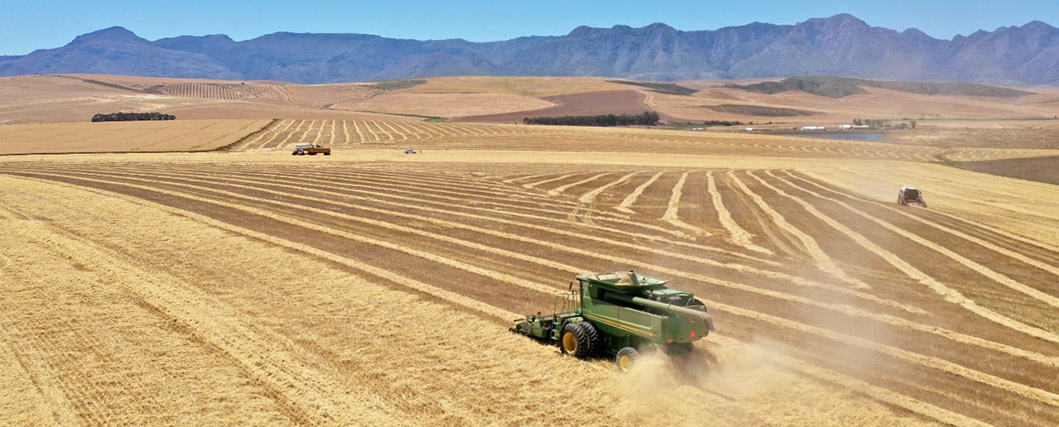
x
x
x
x

empty
empty tag
Do I need Physical Science as a matric subject to study Agronomy?
Yes, you need both Mathematics and Physical Science.
Can I study Agronomy with Mathematical Literacy?
No, unfortunately, you need pure Mathematics. You may, however, consider studying at the Elsenburg Agricultural College which is situated 10km outside of Stellenbosch.
What are the admission requirements (i.e. school subjects and relevant grades) for the BSc Agronomy program?
The requirements are that you achieve a minimum average of 60% for the NSC, 50% for English or Afrikaans, 60% for Mathematics and 50% for Physical Science. Please note that only a limited number of students can be accommodated and meeting the requirements, unfortunately, does not guarantee a place in the programme.
How many years do I study if I do Agronomy?
It is a four-year programme.
If I do not follow the NSC curriculum, what are the requirements?
Matriculation exemption with Mathematics, Physics and Chemistry is required.
What are my employment options?
Employment options are quite diverse. Kindly watch the Agronomy presentation and also read through the Alumni Profile pages for some examples.
Can I register directly for an MSc after completing my undergraduate degree?
Yes, in principle you can, but depending on the academic institution where you wish to register, minimum requirement/s may apply regarding your final year subjects.
Will my programme include fieldwork?
Yes, from the 2nd year onwards you will progressively spend more time in the field. Field excursions will mainly take place during the 3-hour practical sessions. In the 4th year, you will be expected to conduct a mini-research project that may include fieldwork (depending on the type of project you opt for).
Where would I be able to work?
In the seed industry, the fertilizer industry, the chemical/plant protection industry, in agribusinesses, and a variety of others. The demand for agronomists generally exceeds the supply.
What is hydroponics/vertical farming?
Hydroponic production systems are rapidly gaining prominence as important interventions to mitigate pressures on resources such as land, water, fertilizer and the environment. Soilless culture (or hydroponics) is a broad term and includes all techniques for growing plants in solid media other than
soil (substrate culture), or in aerated nutrient solution (water culture). Since plants do not have to search for nutrients, they can spend more of the acquired resources on biomass accumulation. Plants can also grow closer together in hydroponic systems because their roots don’t spread outward, just downwards. As a result, hydroponic systems are applauded for producing stronger crops and higher yields in smaller spaces. Vertical farming, which is also referred to as indoor farming, is the practice and process of growing crops and produce in vertically stacked layers. Vertical farming uses controlled environment agriculture (CEA), which helps to optimise plant growth by using different techniques such as hydroponics, aquaponics, and aeroponics.
What is a greenhouse?
A greenhouse is usually a structure with glass walls and a ceiling/roof in which plants are grown. However, greenhouses come in various shapes and sizes, and the most commonly used structure is a plastic tunnel with open doors and flaps. The purpose of greenhouses is to create an environment more favourable to plant growth than the outside environment. Greenhouses remain heated inside by utilising sunlight to warm both the plants and the air they contain. Sunlight is also utilised for photosynthesis, though supplemental artificial lighting can also be applied for this purpose. Benefits of a greenhouse include having fresh produce readily available (mostly all-year-round); a longer growing season; protection from pests and insects; and being able to grow items that aren’t available from traditional means, or during off-seasons.
What role does technology play in farming?
Global farmers are living in the age of technology. It is integrated with all aspects of their existence – their work, their social and family life, their health and general well-being, and it even concern what they eat. Adopting new digital technologies has helped South African farmers achieve improved yields and quality of cereal crops such as wheat and barley. Science and technology are becoming increasingly important features of farming. New technologies can improve everything from how the land is farmed, to the plants that are grown, to how a workforce is managed. There are many factors that affect the success of farmers. Adopting new practices and technologies are important for ensuring food security and obtaining the maximum from crop yields. Farmers need to keep abreast of new technology becoming available so as to strengthen their efforts to be as efficient and effective as possible.
There are several ways in which technology affects farming:
(a) Crop genetics. The purpose of breeding programmes is to establish more robust resilient plants. Technological advances, such as marker assisted breeding, have allowed farmers to increase crop yields throughout the world.
(b) Labour and automation. Machinery has had a profound impact on farming. Improvements in farming technology have led directly to more food being produced with less labour effort.
(c) Facilities (e.g., greenhouses). Although most farming for the purpose of food production still occurs outdoors where crops are subjected to the elements of nature, in recent years the dramatic rise in the use of climate-controlled greenhouse facilities have been able to migrate, at least in part, production of certain crops (e.g., tomatoes, cucumbers) to such facilities. Increasingly, these facilities have WI-FI, automatic feed systems, and more. Farmers are able to monitor these smart facilities from their cellphones and even make adjustments to the growing conditions of the crop being cultivated in their confines. All without having to set foot in the facility.
(d) Specialization. Finally, more advanced technology has brought a specialized approach to farming. The utilisation of drone technology, for instance, to channel-specific interventions in a vast landscape of crops have been fine-tuned to the extent that only specific sections of the land (or only a few crops in need of management) can be attended to. In this manner, timely and directed interventions are able to be implemented.
What factors affect crop production?
The factors that influence crop production can be grouped into three basic categories, namely technological (agricultural practices, managerial decisions), biological (pest, diseases, weeds, soil constraints) and environmental (climatic, topography and water quality) to name a few.
How many and what are the different farming systems?
The factors that affect plant growth and development such as climate, water, soil, etc. dictate to a large degree the type of farming systems in a specific geographical area.
There are several types of farming systems and the following are some of the most popular:
(a) Arable Farming. With arable farming, the farmer plants only crops such as vegetables, grains, or legumes.
(b) Mixed Farming. Mixed farming combines the planting of crops with the raising of animals on the same piece of land. Most traditional farms practice mixed farming.
(c) Subsistence Farming. This type of farming is done to provide food for the farmer and his family.
(d) Commercial Farming. This type of farming utilises a large piece of land to grow one specific crop, such as wheat, cotton, etc. Plantation farming is also sometimes referred to as tree crop farming.
(e) Livestock Farming. Similar to arable farming, livestock farming focuses solely on raising animals and not planting crops.
What are herbicides/pesticides?
Herbicides are any substance used to keep harmful plants, such as weeds or other unwanted plant pests, at bay. Usually, herbicides are crop-specific and are intended to eradicate a specific type of plant, such as Roundup’s weed and grass killer, but there are also more general (non-specific) herbicides that eradicate every plant they come into contact with.
On the other hand, pesticides are crop protectant substances used to keep various harmful organisms (including plants) away from crops and may include:
(a) Insecticides. These chemicals specifically kill or repel insects.
(b) Herbicides. These chemicals kill or repel weeds and other harmful plants.
(c) Rodenticides. These chemicals kill or repel rodents.
(d) Bactericides. These chemicals kill or repel various types of harmful bacteria.
(e) Fungicides. These chemicals kill or repel various types of fungi.
How does farming practices/management impact on soil health?
Soil organic carbon (SOC), or soil organic matter (SOM), is the key element that drives soil health, which in turn is the primary factor having an impact on sustainable crop production. There are three major ways in which farming affects soil health:
(a) Nutrient cycling. Farmers often add nutrients to the soil to improve crop yields. However, some of these nutrients and fertilizers can affect the micro-organisms in the soil’s ability to produce natural compounds the crops need.
(b) Soil Loss. One aspect of farming involves tilling/ploughing the soil. Generally, crop production systems based on intensive and continuous soil tillage, give rise to excessively high soil degradation rates with a reduction in natural soil fertility in several cultivated areas. It usually also results in the consistent recommendation of the use of huge quantities of chemical fertilizers that are biologically unnecessary, economically extravagant and ecologically damaging.
(c) Overgrazing. Where there is integrated crop-livestock production, farming may also impact soil through overgrazing, which is when animals eat large amounts of the natural vegetation, causing severe soil erosion. Extreme overgrazing can even lead to desertification or expansion of desert conditions, once the natural plant cover has been eliminated.
Why is agriculture important?
In many countries, agriculture is the backbone of their economy, as it provides the main source of food, income and employment, especially to rural populations.


